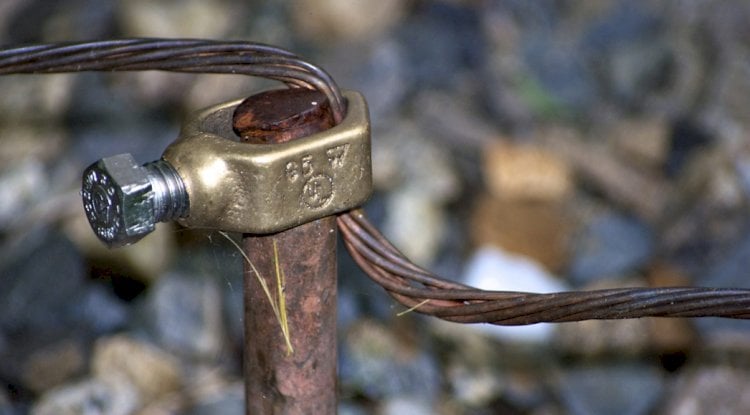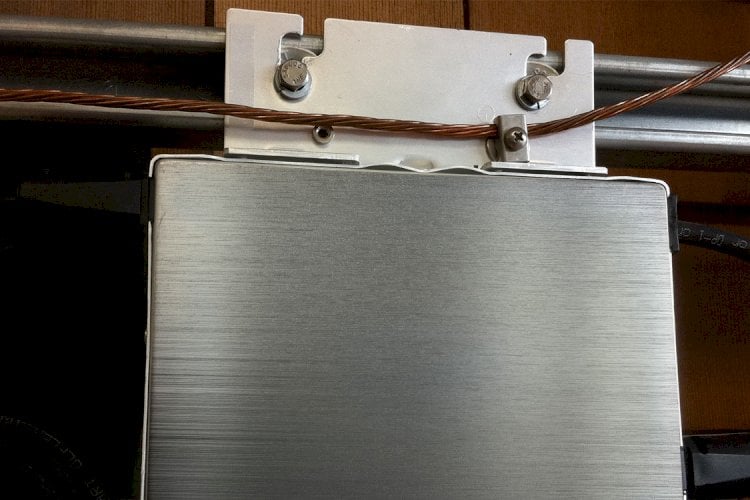Nilushka Asked:
I’m interested in calculating the voltage variation of the soil, inside a mesh in a grounding grid. currently I have modeled a grounding grid including vertical rods using PSCAD software so the voltage at intersection points can be measured. However I need a method to study the voltage variation within a given mesh so the voltage distribution in the soil can be explained using some equations. Can you guide me towards a solution.
Our Answer:
Unfortunately, we are not very familiar with PSCAD as there are a number of similar programs in this category that can be used for power system simulations. Many of these software programs come with grounding/earthing modules that are intended to help the electrical engineer design a proper ground system. But, all of these types of software programs that we have been able to look into, are lacking in some very serious ways. You have found one of those issues.
Now, we can’t speak directly to PSCAD as we have yet to analyze this program, but if it is like the other programs in its category, it uses a theoretical ‘super conductor’ for its ground design. In other words, the software can only calculate two of the three parts of ohm’s law; current and resistance. Voltage drops across the conductor length cannot typically be calculated by these types of programs. This is of course a direct-current (DC) issue, these types of programs can’t even begin to analyze the impact that alternating-current (AC) will have on the system (inductance, capacitance, impedance, magnetism, etc.).
The reason for this is many fold, but you can easily imagine trying to hand calculate electrical energy flowing through a simple 100-ft long bare copper buried conductor. Figuring out the current and resistance is easy… calculating the leakage current into the earth as the current flows down the conductor, now that is hard!
You would need to look at each and every foot of the conductor and calculate its impedance, the amount of current ‘leaking’ into the surrounding soil, the voltage drop that would occur, the magnetic fields that would form and collapse, etc. And of course all of this is based on the soil resistivity of the surrounding earth. Things get really complicated when you have vertical electrodes that pass through multiple layers of differing resistivity soil.
The bottom line is that calculating the voltage drop across the conductors is very difficult and can take hours of calculations using a high-speed computer. If your software is giving you results in the blink of an eye or after a few seconds, it is not capable of conducting the level of simulation you need to figure out the voltage variations in your grid.
Here is a link to a related blog article we posted that you may find useful
To our knowledge, only the CDEGS program from Safe Engineering Services ltd is capable of conducting this level of analysis. This is why CDEGS is used by the IEEE, NFPA, ANSI, IEC and many other regulatory bodies for the development of their standards. We could be wrong and perhaps PSCAD has this ability, we simply do not know as we have yet to analyze it. However, there is no doubt that PSCAD is a fine program for what it is designed to do. But like the other programs in its category, it may not be designed to calculate voltage drops across the conductors, and would therefore not be able to accurately calculate Step & Touch Voltage hazards for human safety.
If you should need help in this area, we would be glad to assist you. Please feel free to call us at 310-318-7151 California time, or simply email us back, and we can start discussing your project needs.
The Engineering Experts at E&S Grounding Solutions





